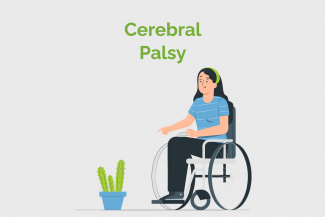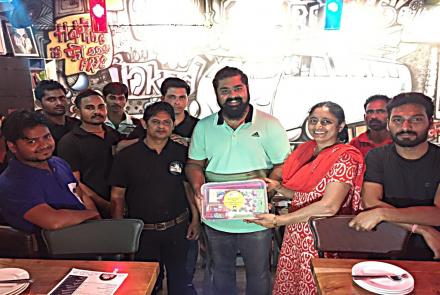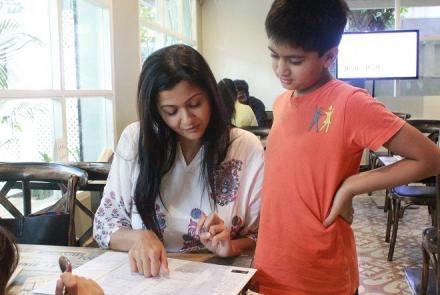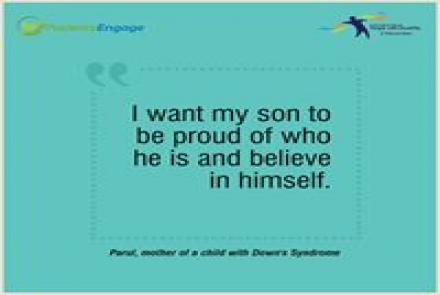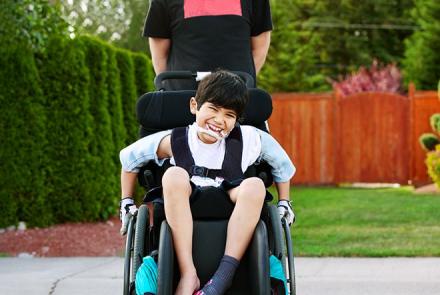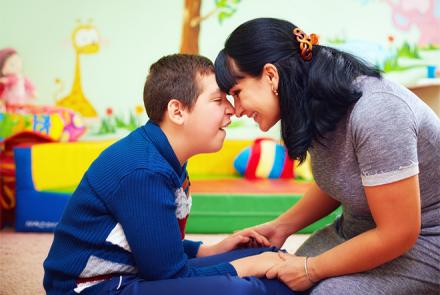Cerebral Palsy is a birth-related disorder that affects the brain and nervous system. The nerve damage causes difficulties in the child’s movement, coordination, posture and ability to walk. It can also affect speech, cognitive ability, vision, and cause epilepsy.
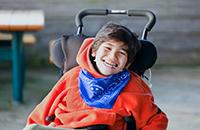
Types of cerebral palsy
Based on severity: Categorised into mild, moderate and severe
- Mild: Daily activities are not affected and child can move without assistance
- Moderate: Child needs assistance like medication and adaptive technology to accomplish daily activities
- Severe: Child requires support and will have significant challenges in accomplishing daily activities
Based on topographical distribution they are classified as:
- Monoplegia: One limb is affected
- Diplegia: Two limbs are affected
- Hemiplegia: Half of the body is affected.
- Paraplegia: Lower half is involved
- Tetraplegia: All 4 limbs are involved.
What are the complications of cerebral palsy?
Complications may include the following:
- Gastrointestinal problems: Gastroesophageal reflux occurs in most of the children with cerebral palsy andit can occur even without vomiting. These children usually have feeding difficulties and recurrent vomiting. These may be due to impaired oesophageal motor function, reduced lower oesophageal sphincter pressure thereby delaying gastric emptying. Food and beverages that trigger digestive juices, like chocolate, acidic juices, high-fat and spicy foods, and carbonated soft drinks are most likely associated with gastro-esophageal reflux disease.
- Hearing and vision abnormalities
- Abnormal neurologic control: Neurological damage can impair person’s speech abilities, thinking and reasoning.
- Markedly reduced bone mass
- Impaired mental health
- Urinary incontinence
Changed
20/Jul/2017
Community
Condition

